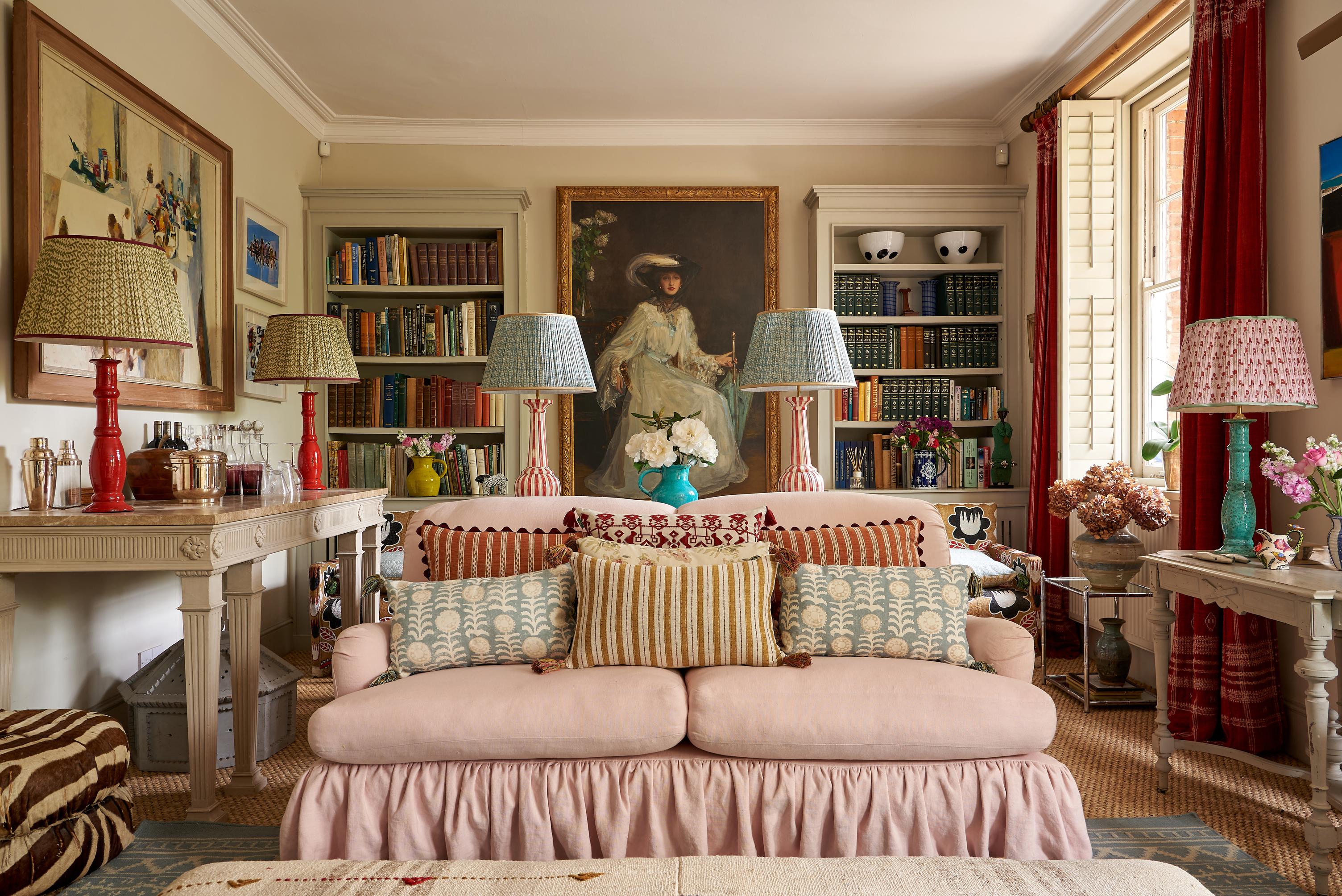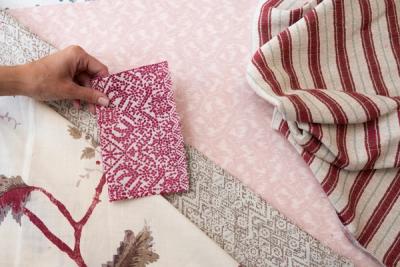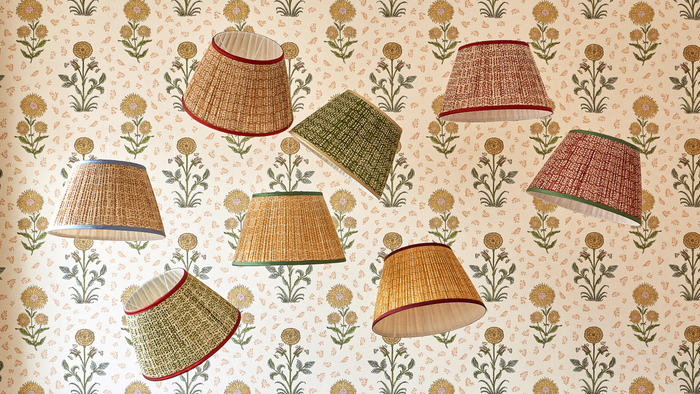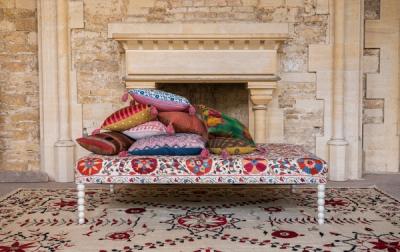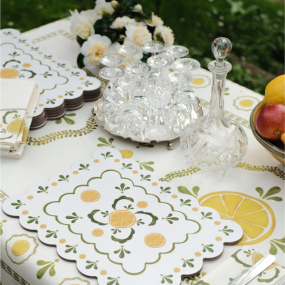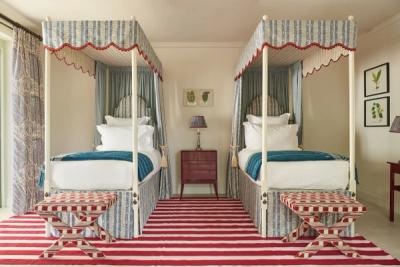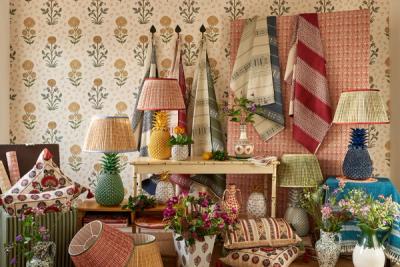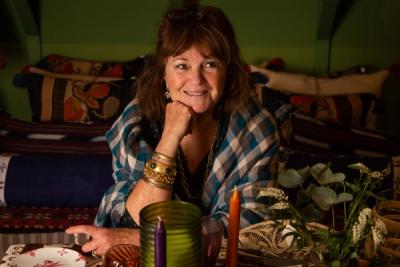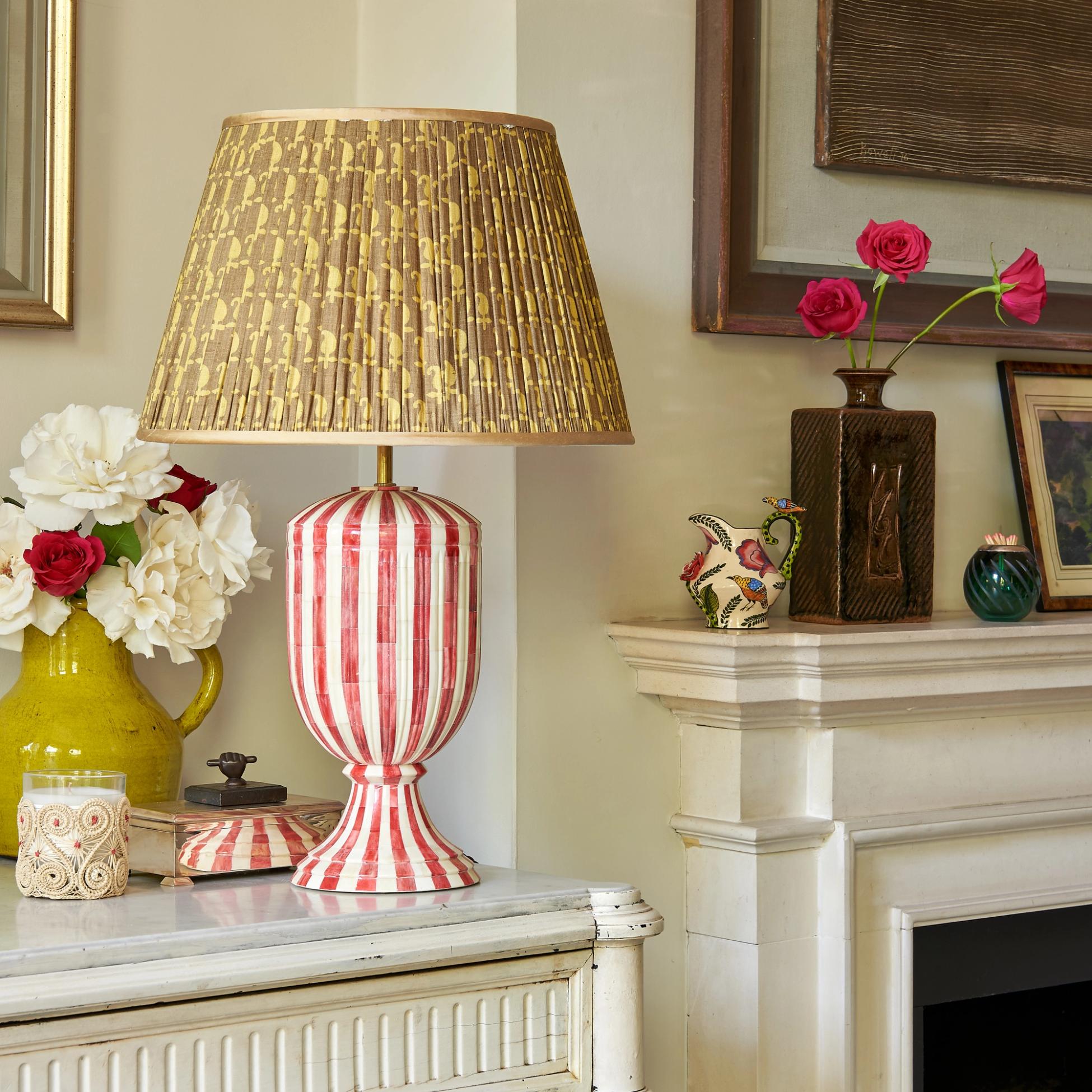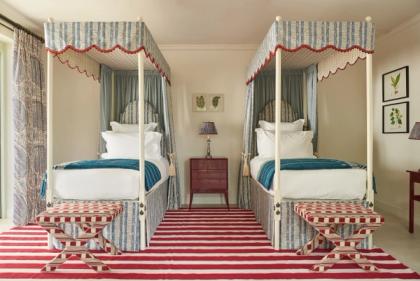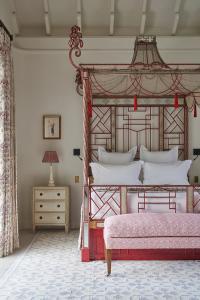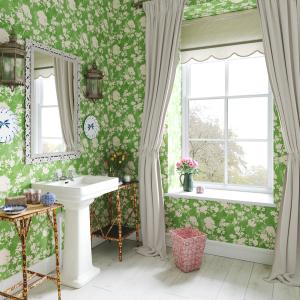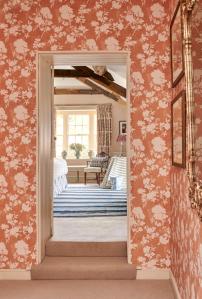Decoration
Lighting Choices for the Traditional, Cottage or Country Home
If you’re the owner of a traditional, cottage, or country home, you have a lot of choices for lighting. Click here to find out which are the best.

Lighting Choices for the Traditional, Cottage or Country Home
Whether you want a room to feel larger, more intimate, textured, or all of the above, the right kind of lighting can be the key. But lighting should be chosen with great care, especially if you’re the owner of a traditional, cottage, or country home.
One of the main benefits of a home like this is its ability to radiate a sense of warmth, characterised by rustic build features and timeless furnishings. But the wrong sort of lighting can easily take away from this rather than add to it.
Most modern homes, for instance, ask for warm, yellowish hues to insert warmth into what could be a clinical space. A home that already holds that warmth, however, will need a different plan of attack.
With this in mind, we’re going to look into the best lighting choices for a traditional, cottage, or country house, and help give you an idea of the kind of design strategies you will need.
Decorative, Traditional Lighting
Because traditional homes are warm and welcoming spaces, it's essential you choose a lighting scheme that embodies this atmosphere. This isn’t always possible with LEDs, of course. While warm, yellow-toned LEDs can be a great way to compliment a warm atmosphere, many cottages tend to be on the darker side, which means you’ll need bright, effective lighting to compensate.
This is where decorative lighting can be so useful. Across the home, you can ensure your spaces are well-lit with fixtures in traditional materials, perhaps with timeless, pleated silk lampshades.
Statement Lighting
The light you choose should not only be dependent on your home’s style, but the room you are placing it in. Looking at the dining room for a moment, one of the crucial elements that you need to consider is the dining table – the centrepiece of the room. No matter what light you choose, you don’t want something overpowering in both brightness and design, to the point where it intrudes with a space.
Instead, you want something that gently illuminates the room, working to aid in the impact of the centrepiece rather than take away from it. With an eight-seater dining table, for instance, a single statement light can be enough to highlight your succulent dinner party starters, while also adequately illuminating all those cosy family dinners. For anything larger than that, clusters of statement lights can be lined from one end of the table to the other, or single wall lamps can be mounted to create a more ‘open’ and less ‘spotlighted’ effect.
It's also important to note that you can be a little more individual. We mentioned before that lighting should both be dependent on your home’s style and the room you’re placing it in, but actually, your lighting doesn’t have to be anything. If you’re struggling to find a statement piece for your dining room – or any room, for that matter – that fits with preconceived, traditional design notions, then you can always look at exploring your own style and work in your own quirks. You may end up with a hybrid, of course, but that doesn’t have to be a bad thing!
A Variety of Textures
Sometimes, keeping things simple is the best motto. But if you’re a traditional, cottage, or country homeowner, you might want something a little more complex to unearth the house’s character and bring out the individualism in such a rustic space. Layering your lights can be a good way to achieve this.
Let’s look at the kitchen for a moment. This is a difficult room to get right, as on the one hand it is a practical space, and on the other, it is often recognised as the heart of the home. In this room, bright, overhead lights might be necessary, but if you want to keep hold of your kitchen’s personality, they can be contrasted with decorative, strip, or even industrial lighting options.
For example, if you have a traditional farmhouse kitchen with an exposed stone wall, warm, exposed LED bulbs can work to both highlight and soften this feature, while white strip lighting can be placed above the countertops for practicality. Similarly, if you have merged your kitchen with a dining -- or breakfast -- area, one half of the room can be designed from a practical point-of-view, while decorative, ambient lighting can be used for the other half.
In any case, it’s important to remember that lighting doesn’t have to be secular. In a way, it's a little like conducting an orchestra -- either you can have a soloist, or every musician plays to create one beautiful song!
More from Decoration
